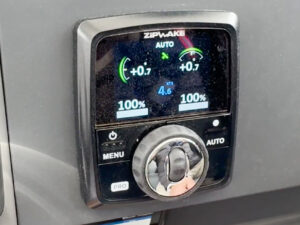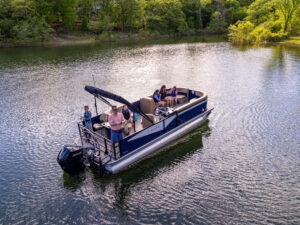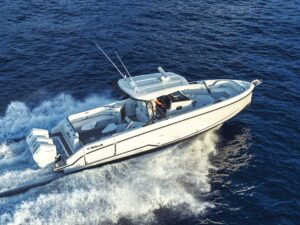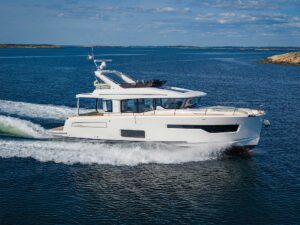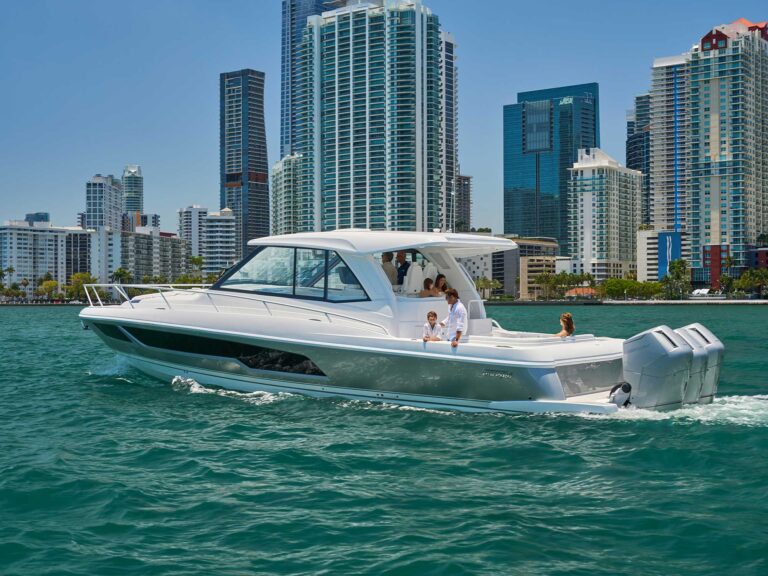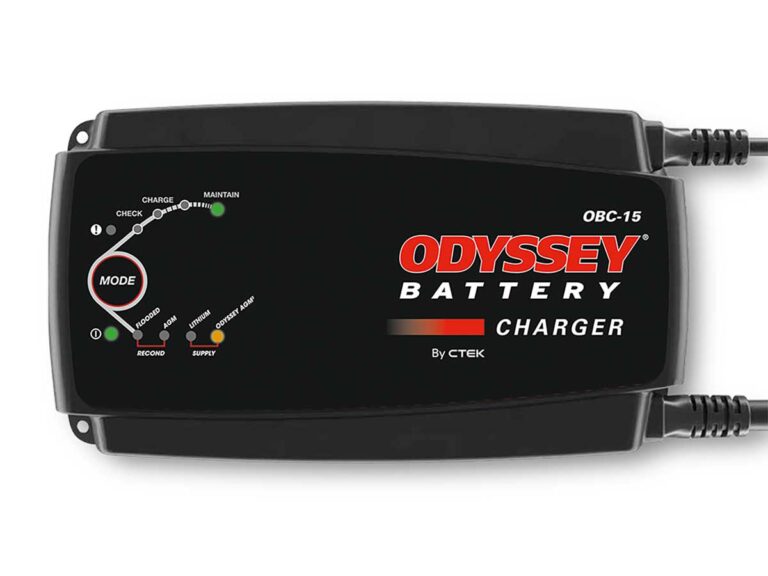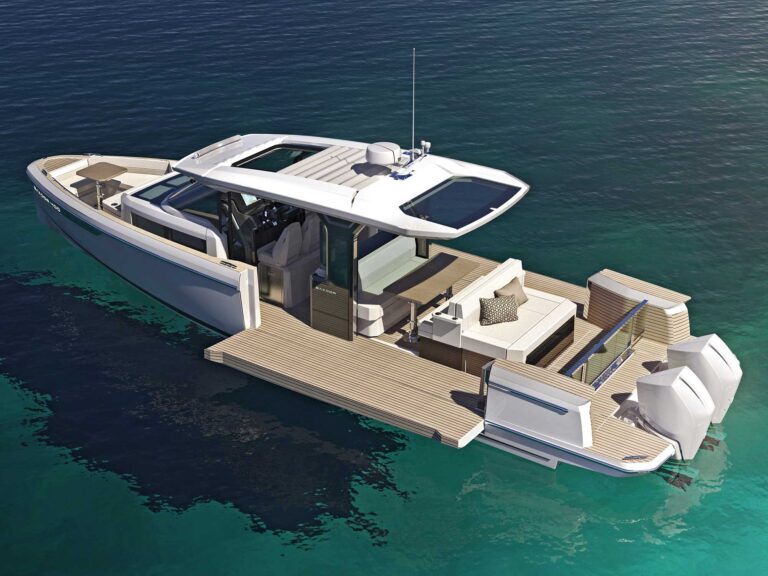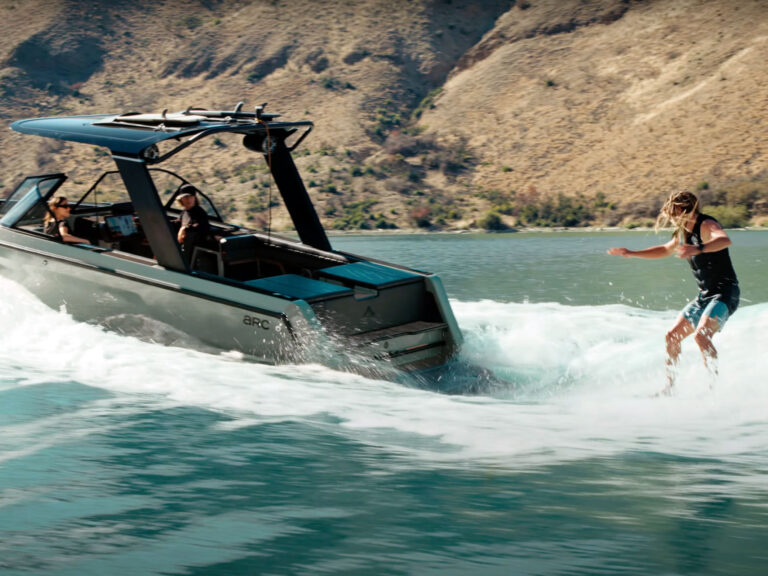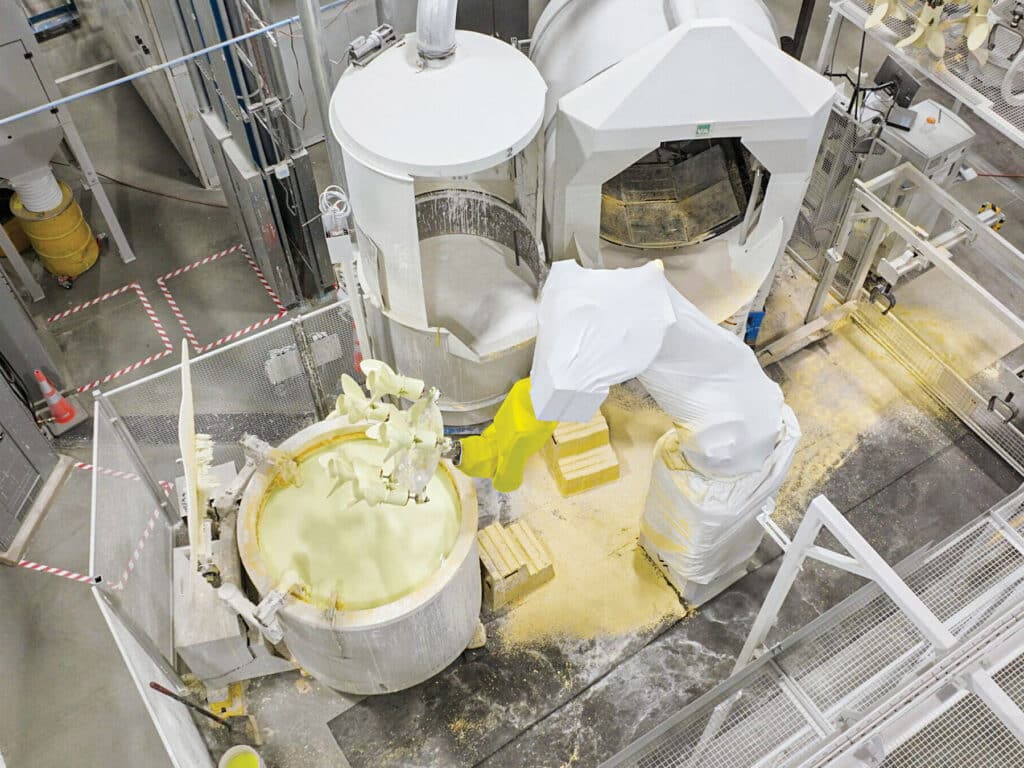
With a few exceptions, the modern stainless-steel propeller is created using the investment casting process, a metallurgical art that dates back more than 4,000 years. Also known as the lost wax process, ancient cultures used investment casting to create artwork and jewelry, usually carving a pattern from beeswax and investing, or covering, the wax pattern with a shell of clay. Molten copper, bronze or gold was then poured through a wax channel into the shell, displacing the wax. Once cooled, they knocked the shell away to reveal a replica of the original wax pattern.
This same process, though influenced by modern technology, is used to create marine stainless-steel propellers. We recently toured the Yamaha Precision Propeller Industries facility in Greenfield, Indiana, one of the newest investment-casting foundries in North America. The 55,000-square-foot plant began operation in March 2021, and today all Yamaha stainless-steel props are cast here, then finished at a YPPI facility in nearby Indianapolis.
Yamaha, like any modern manufacturer, sought to utilize automation to improve quality, accelerate production, and enhance worker comfort and safety when it designed the Greenfield facility. The rate of production has certainly increased—from 60,000 props per year before the Greenfield facility opened to more than 100,000 pieces currently, according to Yamaha. Automation also results in tighter manufacturing tolerances, reducing the amount of finish work each prop requires and produces repeatable performance on the water.
The in-plant automation focuses primarily on the most popular Yamaha propeller lines, including the Saltwater Series II and Reliance, and on two aspects of the process: the coating of the wax pattern with refractory material, and the actual pouring of the molten stainless-steel alloy.
For these high-volume props, the wax pattern is formed in one piece within a steel die. Five patterns are then placed on a fixture and transported by conveyor to a set of robotic cells for the application of refractory material. The first prime coating, which will contact the stainless steel, is fine zircon sand, which creates a smooth finish. A robotic arm first dips the five patterns in a zircon slurry and then places them in a cabinet containing the rotating drum sprinkling zircon sand that clings to the slurry. Next, the robotic arm places each rack on a conveyor carrying them into an adjacent drying room, maintained at 72 degrees F and low humidity. A series of robotic cells coat each pattern five times. Subsequent coatings are coarser silica sand. The entire process takes about 24 hours. When complete, the refractory material looks like a coating of white stucco on the outside. Only three people are required to manage the entire dipping process. In the past, the patterns were hand-dipped in slurry and sand. Robotics has made this process much more efficient.
Read Next: Improving Propeller Efficiency
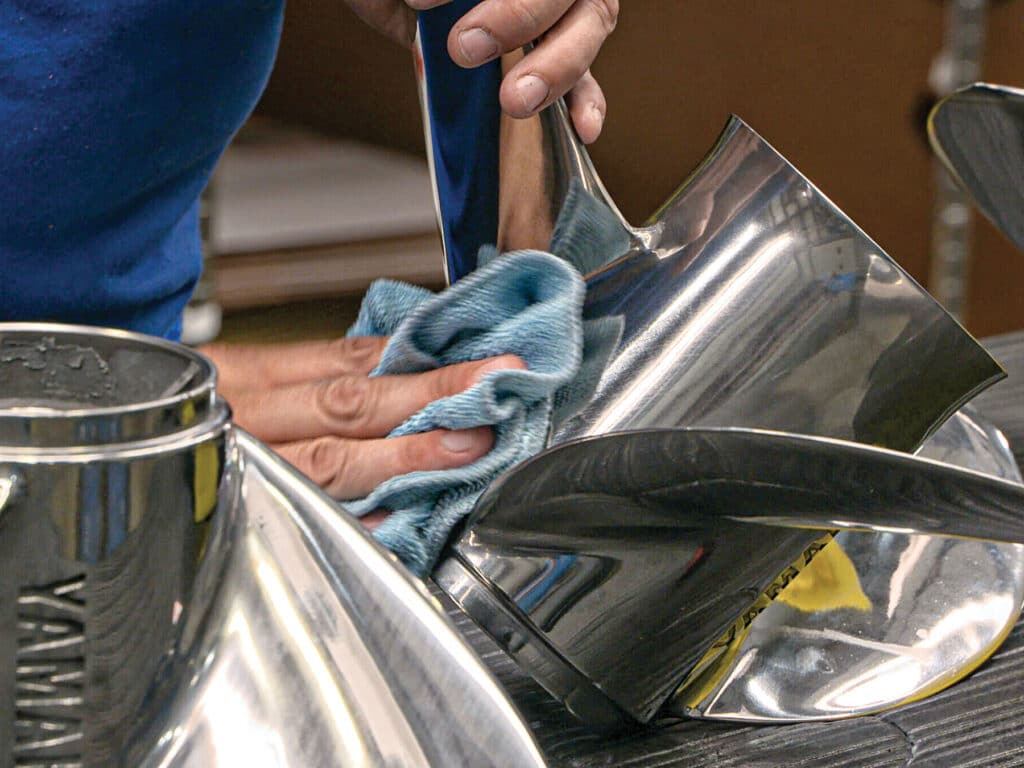
Next, the coated patterns are placed in a pressurized steam vessel that causes most of the wax to melt and drain away from the shell of refractory material. The molds then move on a conveyor through an 1,800-degree F oven that heats the shell cherry red. An automated handler moves the hot shell into position for the pour. A tilting crucible furnace holds 300 pounds of 3,000-degree F molten stainless-steel alloy, and that vessel is supplied by a coreless induction furnace that can hold 4,000 pounds of the molten metal. The large furnace constantly supplies the crucible furnace, so the pouring step never needs to slow down. On the day of our visit, the pour target was 520 propellers. Automation controls the crucible, so the precise amount of molten alloy is poured for each prop size.
To the side of this operation, a team dressed in silver heat-retardant suits pours low-volume props by hand. They manually remove shells from an oven before two people tilt a ladle and pour the molten metal into the shell, which then moves by hand to the cooling area. This is hot and somewhat dangerous work. Watch for a while and it’s easy to understand why Yamaha has automated this step for high-volume models and hopes to automate all pouring in the future.
According to Yamaha, the Greenfield building will expand in the next three to five years to accommodate a new automated grinding and vibratory polishing process. Today the grinding phase, which can be dirty, nasty work, is done by hand in Indianapolis. The new foundry is ISO 9000-certified, and Yamaha anticipates future opportunities to take on nonmarine contract casting, which would keep the foundry busy as the marine market fluctuates. For now, the focus is on cranking out as many pieces of gleaming Yamaha boat jewelry as possible.

